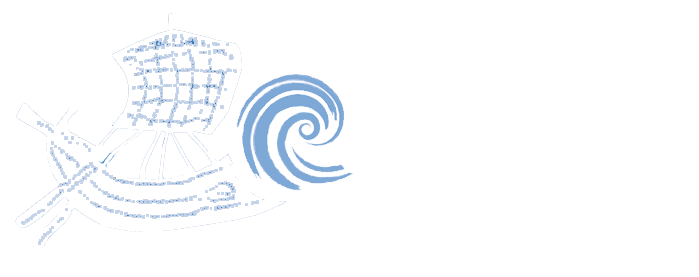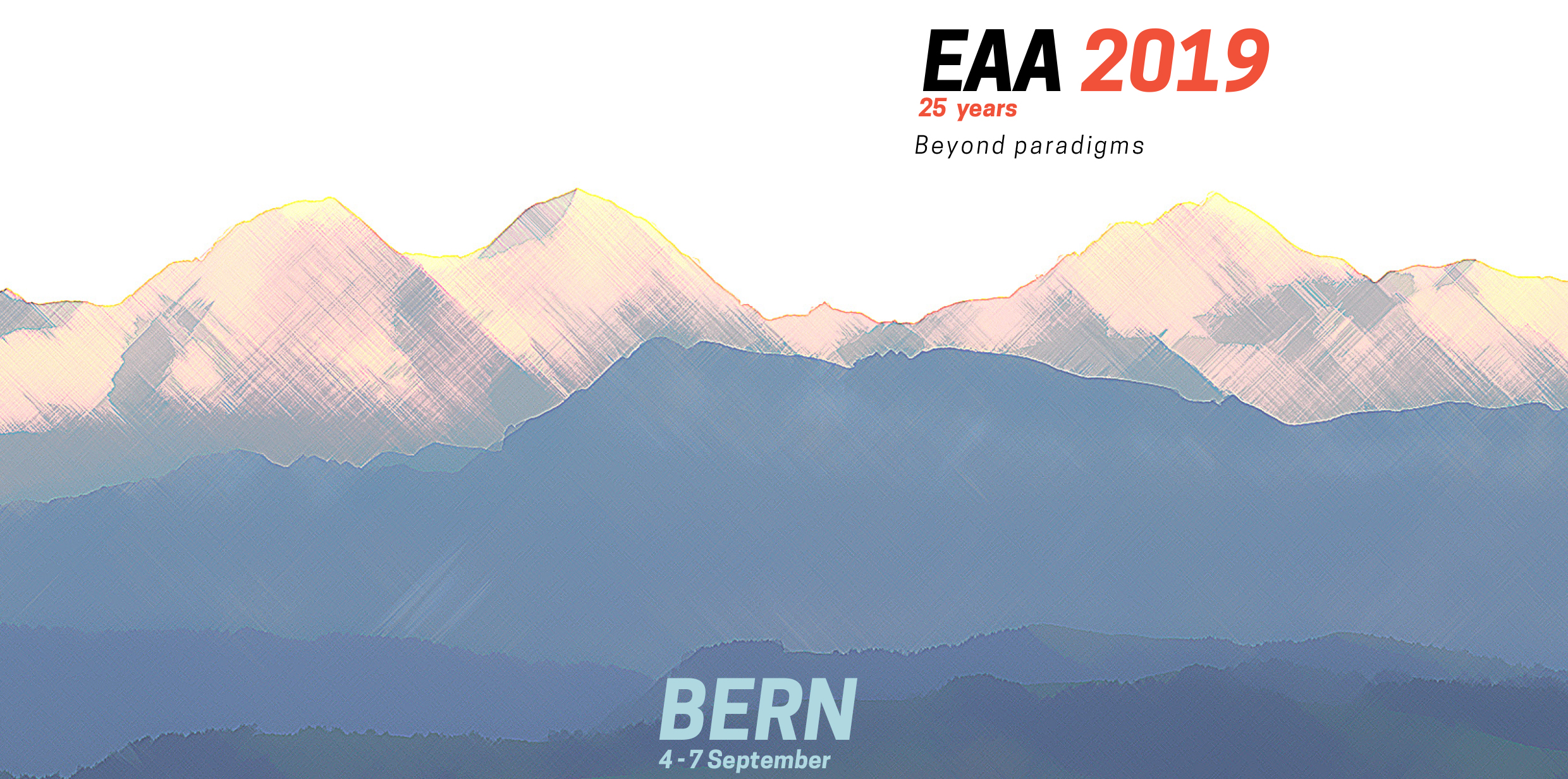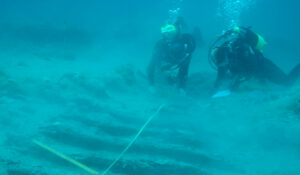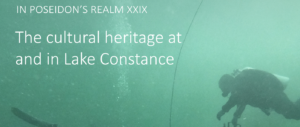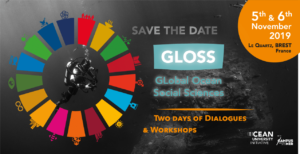A session entitled Underwater Archaeology In Europe – Where Do We Stand? with the theme “Archaeological heritage and museum management: future chances, future risks” was held at the 25th European Association of Archaeologists meeting in Bern, Switzerland, 4-7 September 2019. The session offered an important opportunity to take stock in the field of underwater archaeology: not only to reflect on past achievements but also to target areas of professional practice that are still underrepresented within the Association. The session, formally supported by the EAA Executive Board, was intended to (re)introduce underwater archaeology to the EAA agenda, especially 25 years on. The session was organised by Karen Waugh (EAA Secretary; Vestigia BV, Archeologie & Cultuurhistorie) and Beat Eberschweiler (Kantonale Denkmalfpflege Zurich).
The goal of the session was for leading practitioners in this field, working within Europe or further afield, to focus on the challenges facing the discipline, for instance in formulating and enforcing national and international policy, but also the successes, and innovations within all aspects of the field of underwater cultural heritage management, ranging from long-term research or infrastructural projects and synthetic works to community participation at home or abroad. Overall, the session aimed to propose how the EAA can provide its members with an effective platform and network to develop and promote best practice, cooperation and dissemination of research, within the field of underwater cultural heritage.
In total, nine papers were presented. (Abstracts can be downloaded here.)
Northern Europe, with Estonia, Russia, Poland, Denmark, the Netherlands and Belgium, was very well represented in the overview presentations that were given. In the session underwater sites in lakes, rivers and seas were all represented and the focus was on (the difficulties of) cultural heritage management in these different environments. Reflecting on what was said it was apparent that most countries represented are dealing with major issues in cultural heritage management like climate change, looting and inclusion into the building / development process (Treaty of Valletta). But each country has its own battles to fight and lay the emphasis on different subjects, from inland waterways (Poland and Russia), to inventories (Denmark, The Netherlands, Belgium and Estonia), the Malta process (the Netherlands, Belgium), investigations of prehistoric sites (Denmark, the Netherlands, Russia and Poland) and public outreach (Estonia). It is clear that the underwater archaeology and the subsequent management of the resource has gained more and more interest in Europe.
The discussion at the end of the session evolved around the questions:
- What about building a community within the EAA on underwater cultural archaeology and cultural heritage management?
- What about the idea to organise a session on underwater archaeology and cultural heritage management every year?
- What could be a subject for next year?
– Beat Eberschweiler (Kantonsarchäologie Zurich), Martijn Manders (Cultural Heritage Agency of the Netherlands, Maritime Programme) and Karen Waugh† (EAA Secretary; Vestigia BV, Archeologie & Cultuurhistorie)
